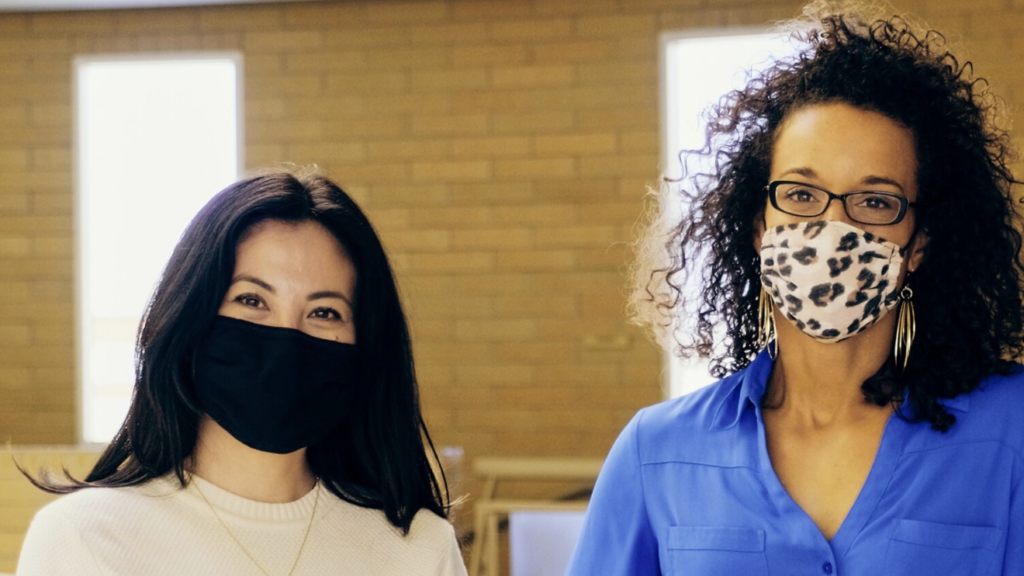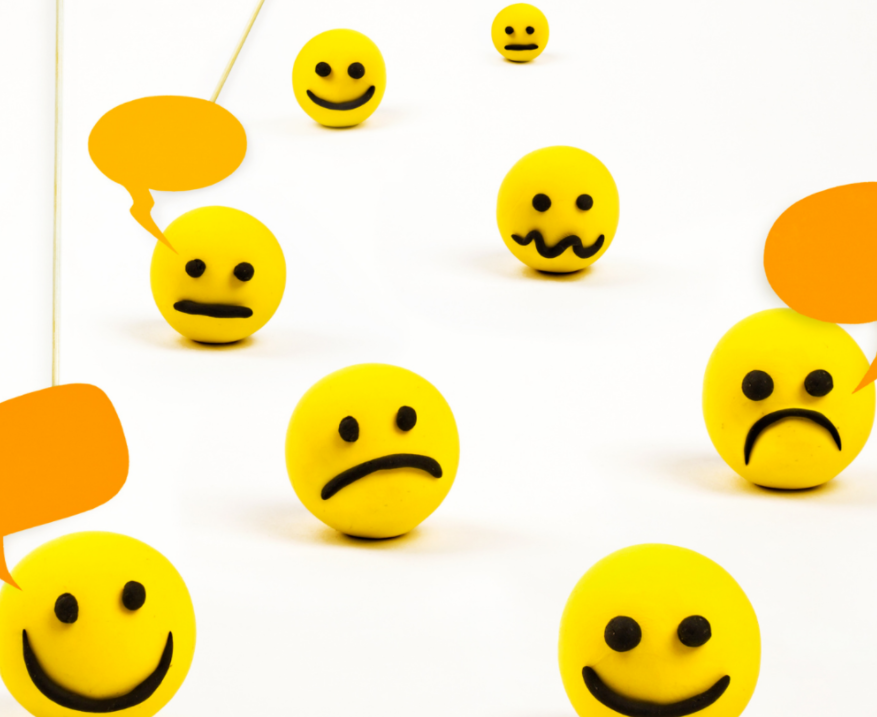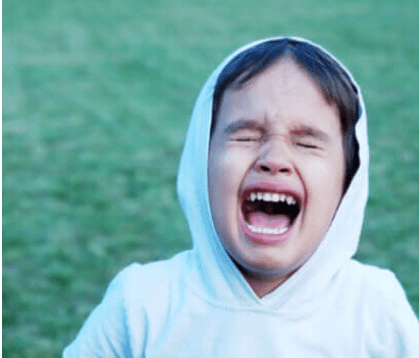
For many classroom teachers, classroom management has always been a struggle. Add in social distancing restrictions, and you might feel like you’re going through your day with your hands tied. Even though the distance might make you feel like you’re at a loss, there is hope. Many of the most popular behavior management strategies are still relevant to the socially distant classroom. Here are a few of the most effective:
Use positive reinforcement
If you haven’t always been using positive reinforcement as your primary behavior tool, start now. Students find rewarding good behavior so much more powerful than punishing bad behavior. In its simplest form, positive reinforcement can just mean verbal or written praise. But you can also create complex systems like behavior charts for individual students when targeting specific behaviors. Research shows that it takes time, patience, and consistency for positive reinforcement to start having a noticeable impact on behavior. So if it doesn’t work right away, keep trying.
You’ll also need to get creative with what your positive reinforcement looks like. If you were able to use things like snacks or a prize bucket in the past, that’s out this year. Create a system that is visual, hygienic (students don’t need to touch it multiple times a day), and easy for you to track. Stickers are effective for some students. For others, checks that add up to a certain number of minutes of a desired activity are super motivating, too.
Remember, it’s important to avoid comparing students’ progress. Behavior charts that show students’ standing side-by-side can have detrimental affects, especially for the students who tend to stay on the lower end of the chart.
Empower learners
Nothing motivates students quite like having options. When we tell students exactly what to do, some will do it without question or hesitation. Others need a little convincing. But when we give students a choice between two or more things, suddenly they are in control! They have the power to decide what their learning looks like, and this is a great feeling.
In addition to giving choices, student-led activities can also make a big difference in behavior. These activities should still be explicitly modeled and highly structured to prevent any unintended chaos.
Another way to empower your students is to use their expertise in the classroom. Each of your students knows something unique (probably even about something that’s new to you!). If you haven’t already, get to know their passions and interests, and find a time to bring students in as “guest lecturers.” They’ll enjoy teaching their classmates, and will absolutely love the recognition that comes with it.
Post visuals prominently
As obvious as it sounds, it’s important to keep in mind: students are much more likely to follow rules and expectations if they have a constant reminder of what those expectations are. Especially if your students are younger, include the most recent additions to the list of rules like keeping masks on, only using materials that come from their own home, etc. Keep these rules posted prominently and refer to them often. You might even consider posting them in two different locations so that everyone can see them easily.
Balance consistently high expectations with flexibility and compassion
While we always have to hold our students to high, unwavering expectations, we also need to keep in mind that this is a difficult time for everyone. A majority of students are struggling in a variety of ways, and many don’t have the skills to cope with that negative energy. This is when otherwise compliant students might start displaying bad behavior. While it’s always important to maintain consistency, they also need to know you are there for them. This is not the year for “tough love.” Be flexible, understanding, and compassionate. They need it now more than ever.




